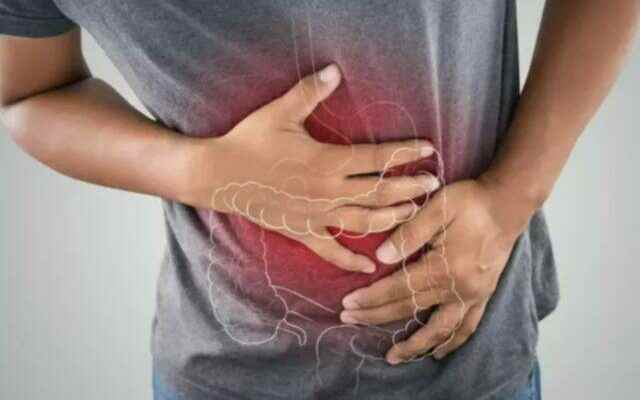Although abnormal toilet situations are usually caused by stress and eating disorders, long-term persistence of these problems can be a sign of dangerous diseases. The most common place for blood clots to form, which creates highly risky situations, is in the lower leg due to slowed blood flow to the lower limbs. Sometimes, however, a blood clot can form in the veins leading to the stomach. This potentially life-threatening complication can produce certain symptoms when going to the toilet.
CAN CAUSE ORGAN DAMAGE AND DEATH
The spleen, superior or inferior mesenteric veins all supply nutrient-rich blood to the liver via the hepatic portal vein. When a blood clot forms in these veins, it blocks blood flow to the intestines. This can lead to tissue damage or death in the organ.
ATTENTION TO SYMPTOMS

Blood clots that form in the stomach or abdomen are medically considered a type of deep vein thrombosis called mesenteric venous thrombosis (MVT). MedlinePlus defines MVT as “a blood clot in one or more of the major vessels that drain blood from the gut.” It is natural to see various differences in the toilet, as the venous return of the intestine is impaired. Abdominal pain, bloating, bloody stools and diarrhea are common symptoms of MVT.
EARLY DIAGNOSIS IS VERY IMPORTANT

Ignoring these symptoms can be dangerous, as delayed treatment of the condition can result in a life-threatening bowel infarction. However, the condition is not easy to diagnose. The most common symptom of concern in patients is acute abdominal pain, but many cases develop asymptomatically. This discomfort, often described as blunt pain around the navel, is a sign that blood flow in the gut is starting to slow.
PAIN INCREASE WHEN PRESSURE IS PRICED ON THE ABSOLUTE

Pain caused by blood clots in the gut comes on quickly but develops gradually, sometimes over weeks or months. Another important feature of this pain is that it does not get worse when the doctor puts pressure on the abdomen, as in appendicitis or diverticulitis pain. It also tends to be more pronounced after eating, according to Medline Plus. Although the exact causes of these thrombotic events are unknown, many potential triggers have been identified.
